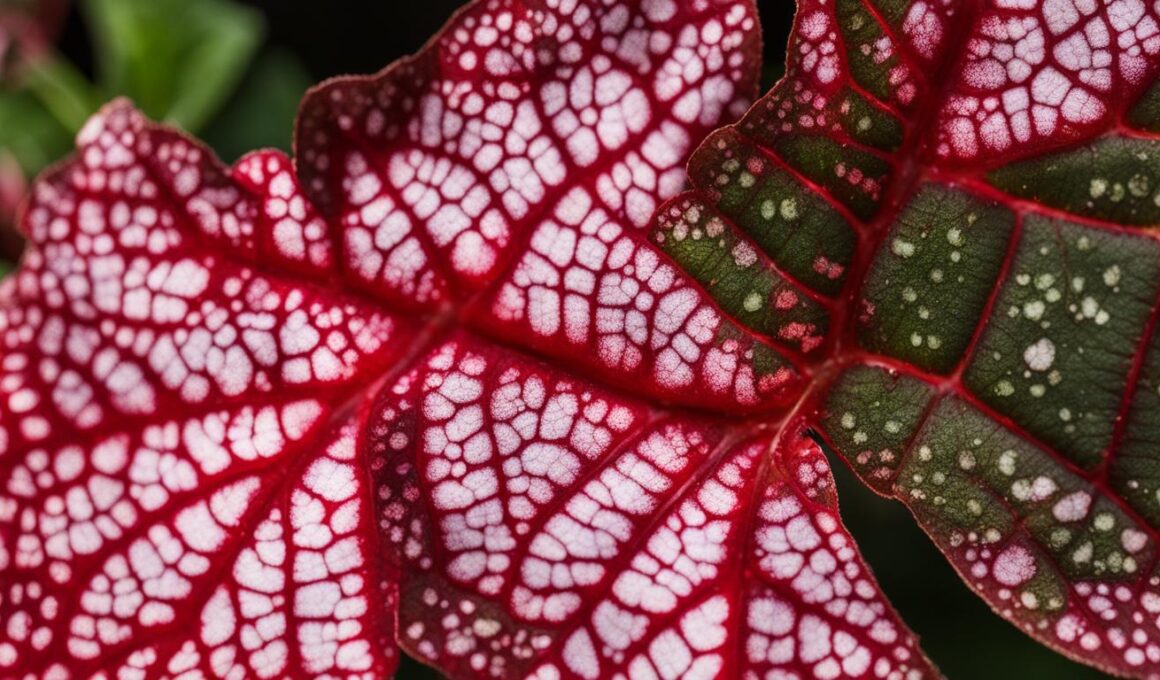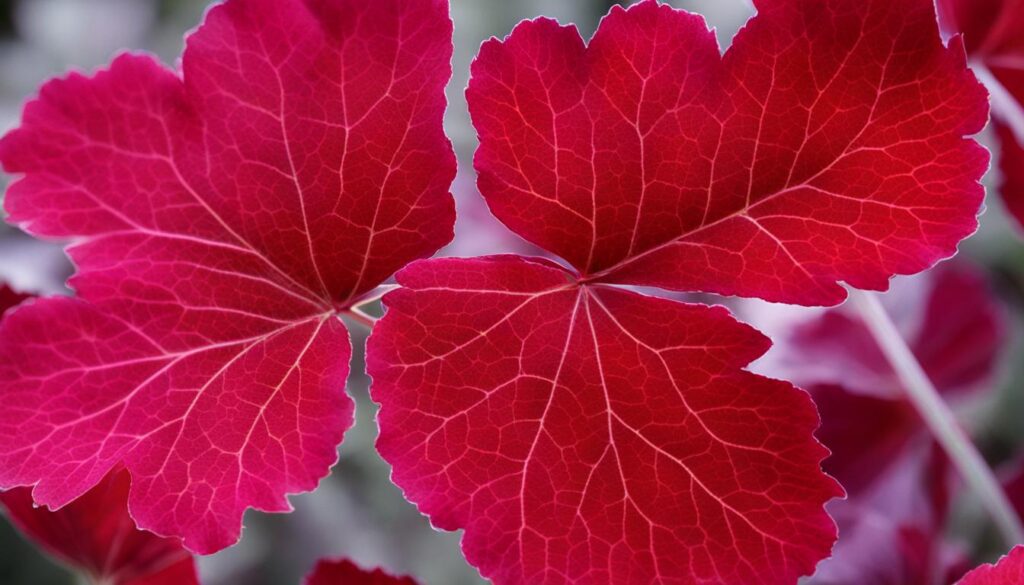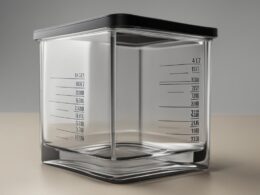Geraniums, also known as pelargoniums, are popular garden plants known for their low maintenance and colorful flowers. However, if you’ve noticed red leaves on your geraniums, it may be an indication that something is amiss.
Red leaves on geraniums can occur due to various factors, including cool temperatures, over or underwatering, nutrient deficiencies, or transplant shock. It’s important to identify the specific cause of red leaves in order to address the issue properly and restore the vibrant green color your geraniums should have.
If you’re concerned about your geraniums’ red leaves, this article will guide you through the possible reasons and provide insights on how to remedy the situation. By understanding the underlying factors and taking appropriate action, you can help your geraniums thrive.
To help you diagnose the cause of red leaves on your geraniums, let’s explore each potential factor one by one:
Cool Temperatures and Watering Habits
Cool temperatures play a significant role in causing geranium leaves to turn red. As these heat-loving plants thrive in warm conditions, fluctuating temperatures, particularly in spring and fall, can shock them and result in red leaves. It is essential to be mindful of the weather and make necessary adjustments to protect your geraniums.
If you have container-grown geraniums, it’s advisable to bring them indoors when cool temperatures are expected. This will shield them from the cold nighttime temperatures and maintain the optimal environment for their growth. Remember, these beautiful plants are not as tolerant of cool temperatures as some others.
Additionally, watering habits have a direct impact on geranium leaf color. Overwatering or underwatering can both contribute to the development of red leaves. Geraniums have relatively low water needs, so it’s important to strike the right balance.
To ensure you’re watering your geraniums appropriately, pay attention to the weather and adjust your watering habits accordingly. During cool temperatures or periods of high humidity, you can reduce watering frequency. In contrast, during hot and dry conditions, you may need to water more frequently to meet their moisture requirements.
Remember to always check the moisture level of the soil before watering. Stick your finger about an inch into the soil, and if it feels dry, it’s time to water. On the other hand, if it feels moist, hold off on watering until the soil dries out a bit more.
By effectively managing the impact of cool temperatures and fine-tuning your watering habits, you can help prevent red leaves on your geraniums and keep them looking healthy and vibrant.
Nutrient Deficiencies and Transplant Shock
Nutrient deficiencies can contribute to geranium leaves turning red. Specifically, a lack of magnesium or phosphorus in the soil can affect the plant’s ability to absorb and utilize nutrients, leading to red discoloration.
To ensure the health of your geraniums and prevent nutrient deficiencies, regular fertilization is crucial. Using a foliar fertilizer with a proper NPK ratio, such as 5-15-15 or 4-10-10, can provide the necessary nutrients for vibrant green leaves.
Transplant shock is another factor that can cause red leaves on geraniums. When you transplant a geranium to a new location, it undergoes a period of adjustment as it adapts to the new environment. If the transplanting process is not done carefully or if the plant is moved too quickly, it can experience stress, resulting in red leaves.
To minimize transplant shock, it’s important to acclimate your geranium gradually. This involves gradually exposing the plant to its new surroundings over a period of time before placing it in the desired spot. By allowing the plant to adjust at its own pace, you can help prevent red leaves and ensure a successful transplant.
To recap, nutrient deficiencies, particularly a lack of magnesium or phosphorus, can cause geranium leaves to turn red. Regular fertilization with the appropriate foliar fertilizer and maintaining the right NPK ratio is essential for healthy, green leaves. Additionally, taking care to properly transplant and acclimate your geraniums can help prevent transplant shock and promote vibrant foliage.
Conclusion
Red leaves on geraniums can indicate stress and be caused by various factors such as cool temperatures, watering habits, nutrient deficiencies, or transplant shock. To restore the vibrant green color of your geranium leaves, it’s important to address the underlying issue.
First, consider the temperature. Geraniums are heat-loving plants, so exposure to cool temperatures, especially in spring and fall, can cause their leaves to turn red. Protect container-grown geraniums by bringing them indoors when low temperatures are expected.
Next, evaluate your watering habits. Geraniums have low water needs, so overwatering or underwatering can lead to red leaves. Pay attention to the weather and adjust your watering accordingly.
In addition, nutrient deficiencies and transplant shock can also contribute to red leaves on geraniums. Regular fertilization with a foliar fertilizer containing the proper NPK ratio can help ensure your geraniums receive the necessary nutrients. When transplanting geraniums, acclimate them gradually to their new environment to minimize stress.
By providing the right temperature, watering appropriately, fertilizing with the right nutrients, and ensuring a smooth transplant process, you can help restore your geranium leaves to their vibrant green color. With proper care, your geraniums will thrive and remain free from red leaves.
Are the Causes of Red Geranium Leaves and Brown Dwarf Alberta Spruce Leaves Related?
Yes, the causes of red geranium leaves and brown dwarf Alberta spruce leaves may be related. When troubleshooting dwarf Alberta spruce browning, consider overwatering, poor soil drainage, or fungal diseases. Similarly, factors like nutrient deficiencies or improper watering may also lead to red geranium leaves. It’s essential to address these issues promptly.










